Why Do Dogs Lick and Chew Their Paws?
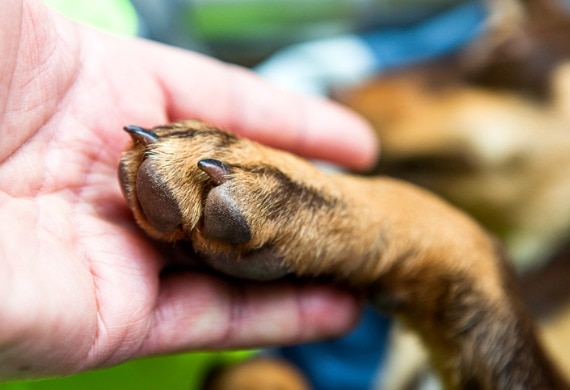
Image:
huseyintuncer
/
iStock.com
Why Do Dogs Lick and Chew Their Paws?
If your dog is licking his paws, you'll need to find out the underlying cause and whether it's an issue that requires a vet visit. The problem is that there are so many possible reasons why dogs lick or chew at their paws.
Here's a guide for determining the cause of the paw licking, spotting other symptoms, and treating and protecting your dog's paws.
18 Reasons Dogs Lick or Chew Their Paws
Dogs will occasionally lick their paws as part of normal self-grooming. But when your dog is constantly licking his paws, or you notice that your dog keeps licking one paw in particular, there may be another explanation.
Here are some reasons why your dog might be biting or licking their paws.

Image:
shotbychatty
/
iStock.com
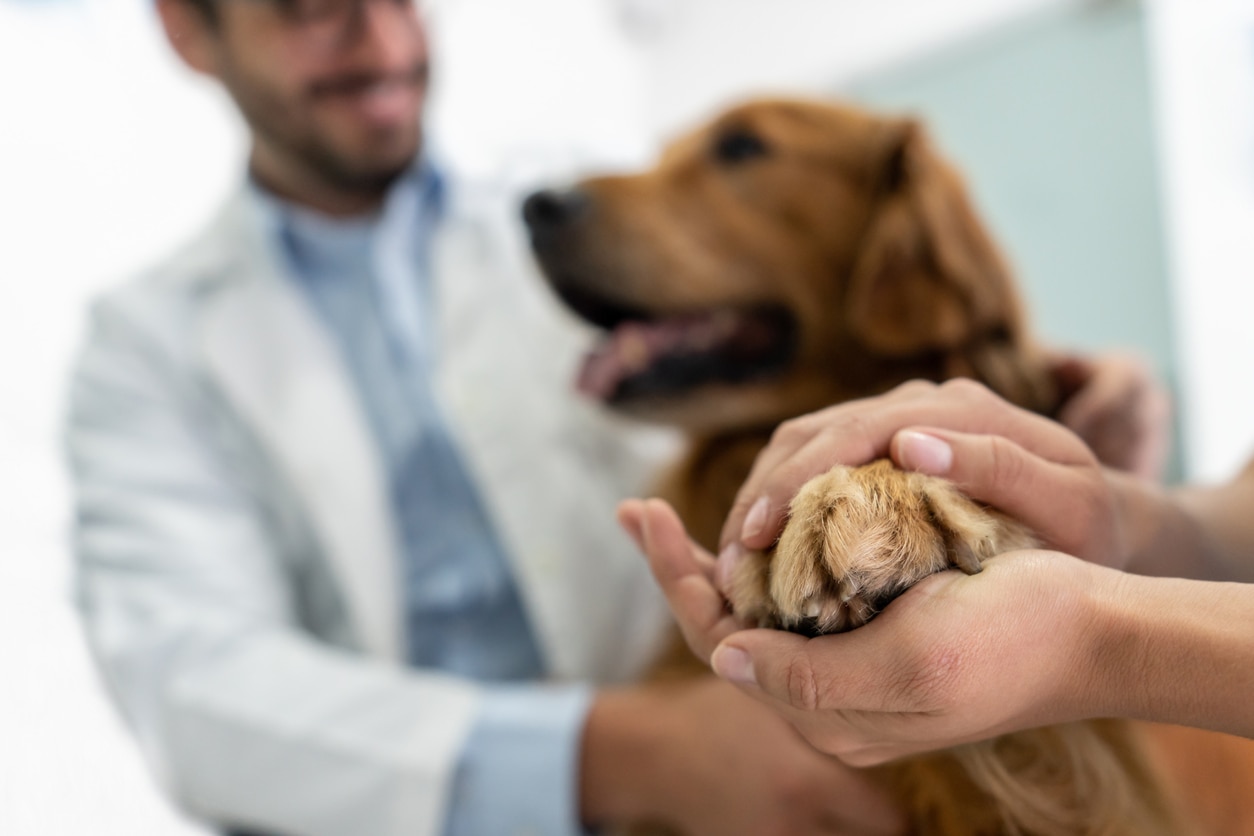
Image:
andresr
/
iStock.com
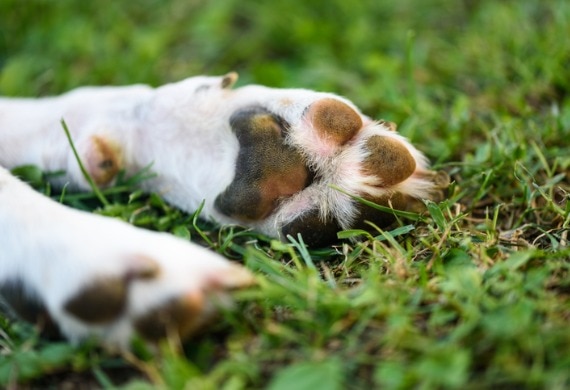
Image:
Przemysław Iciak
/
iStock.com
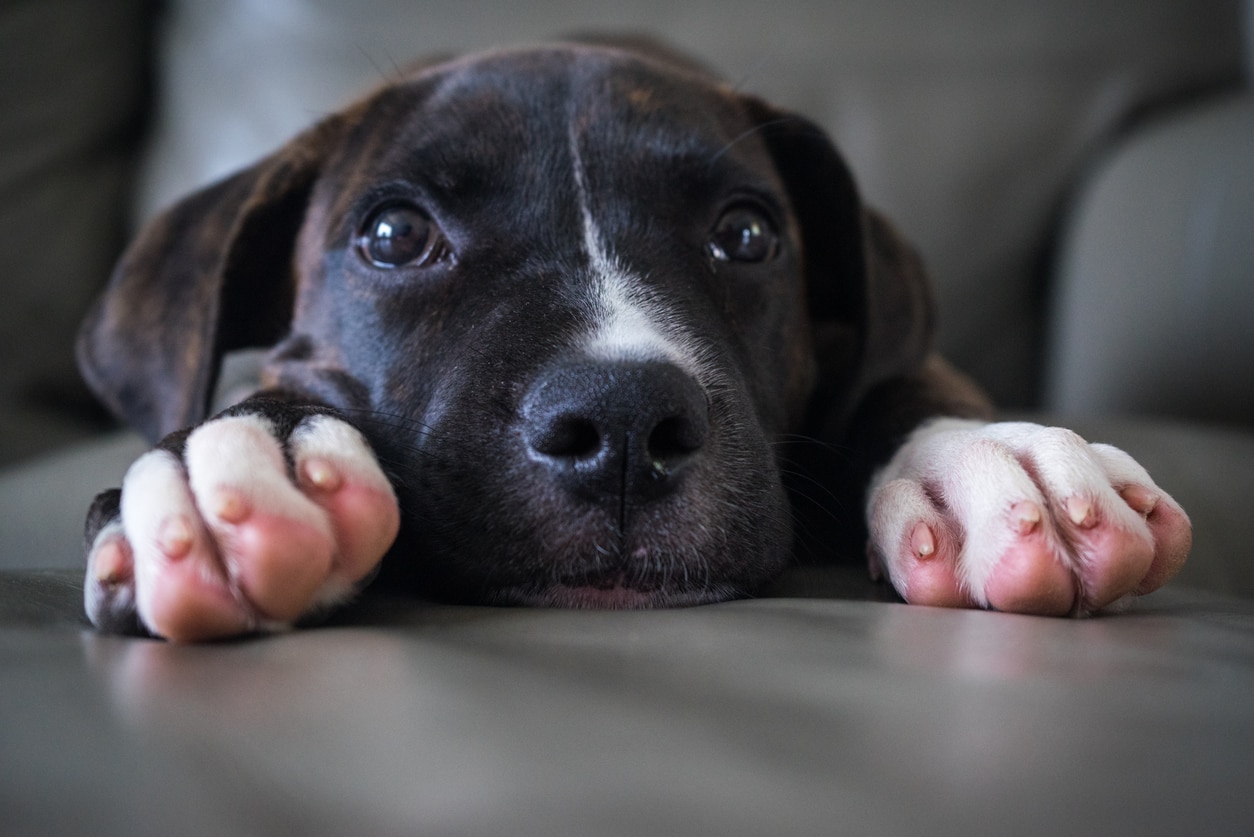
Image:
wx-bradwang
/
iStock.com
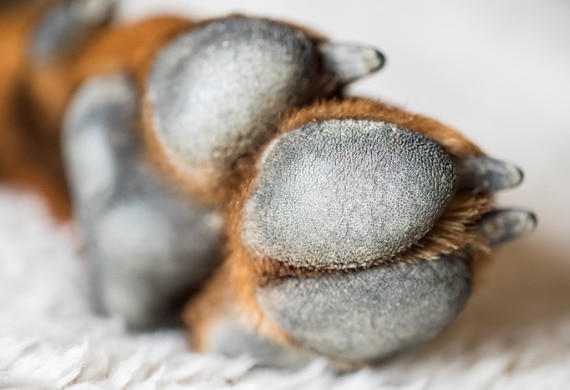
Image:
ra-photos
/
iStock.com
Dog Paw Allergies
If your dog has itchy paws, allergies may be the cause. Allergies are common and can be caused by the environment, food, or an irritant that comes into contact with your dog's skin.
Redness, dark pigmentation, or brown staining on the paws from constant licking may be signs of allergies. Bathing or wiping your dog's paws after going outside will reduce the allergens on your dog's skin.
Topical creams or sprays with hydrocortisone that are marketed for dogs may temporarily reduce the itch, but more intense licking requires systemic medication (prescription meds that affect the entire body) to control.
Products:

Image:
Anna Zisk
/
iStock.com

Image:
Photoraidz
/
iStock.com
Toenail Injuries
If your dog keeps licking one paw, they may have an injured toenail, or a nail that is partially torn off. This can happen by getting caught in grass, fabric, or carpet. There is usually bleeding from the dog's nail, as well as swollen dog paws and discomfort.
The toe will improve when the torn portion is carefully removed. Medications for infection and inflammation can also help. See your vet for help removing the torn part of the nail and for medications.
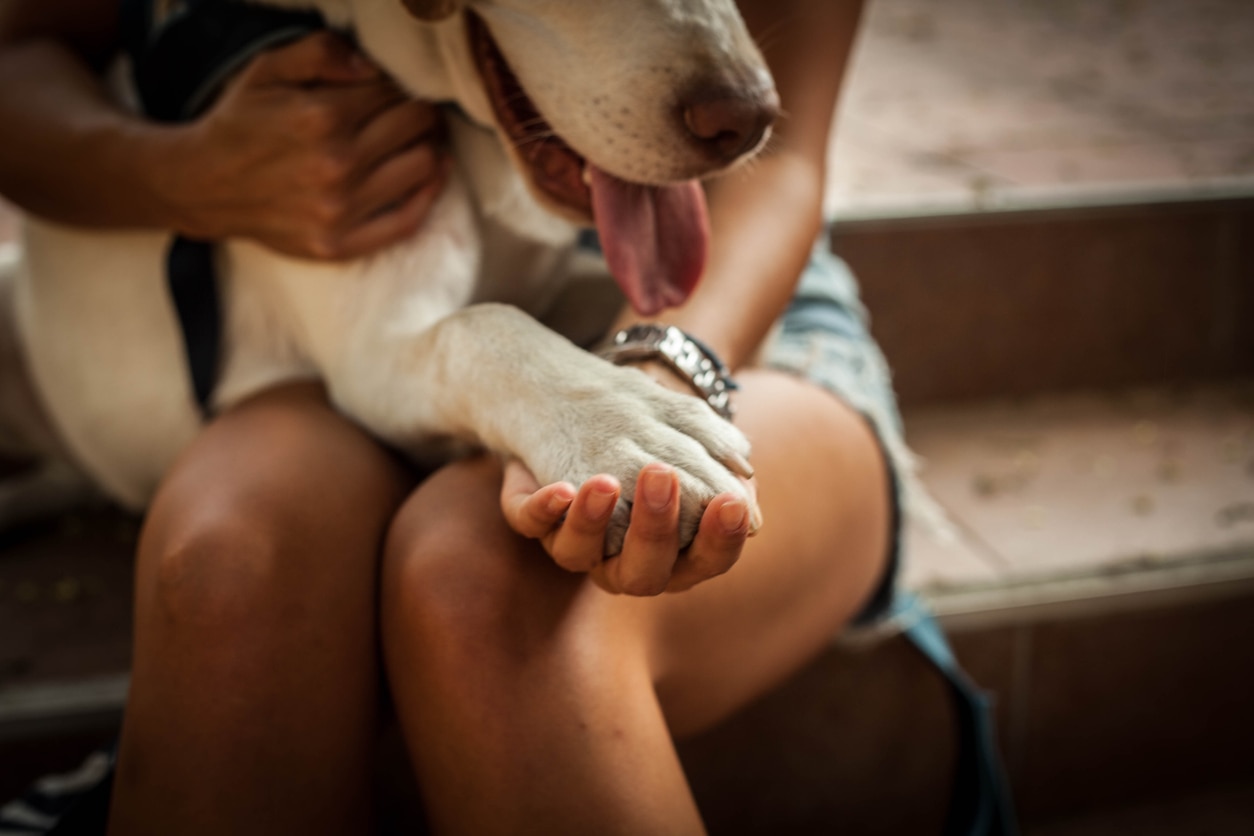
Image:
EllenaZ
/
iStock.com
Overgrown Nails
Nails that are overgrown may cause discomfort when a dog walks, leading to excessive licking of the affected paws.
Overgrown nails will reach beyond the bottom of the toe pads and sometimes curl back toward the dog's paw pads.
Regular trimming of the nails can help prevent this. If you are uncomfortable cutting your dog's nails, or the nails are already overgrown, contact your vet for help.
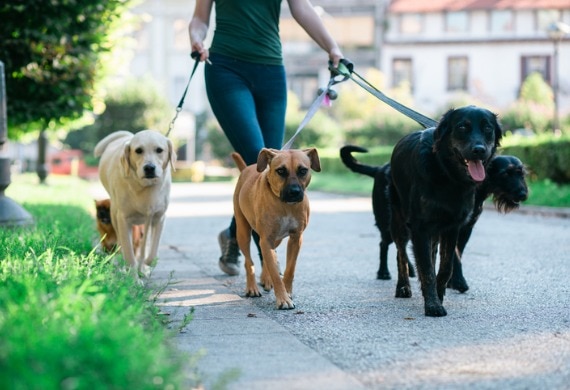
Image:
hedgehog94
/
iStock.com
Burns
Burns can occur on the paws from walking on hot surfaces, like pavement, or from undiluted chemicals, such as cleaning products used on floors.
You may see red or cracked dog paws that are blistering or peeling. Medicine for secondary infection or pain relief may be needed. Your vet can prescribe these.
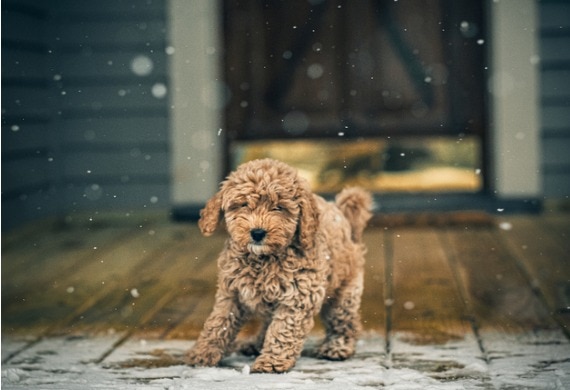
Image:
Bob Steiner
/
iStock.com
Snow and Ice Melts
Winter snow and salt used for de-icing may also cause skin irritation that leads to a dog licking their paws. The extreme cold and irritation from the salt may cause redness of the affected areas. Contact your vet if you suspect that your pet's paws are irritated from snow or de-icers.
Using booties when walking in the winter may help avoid this. You can also use paw wax or dog-safe de-icers for your own yard.
Products:
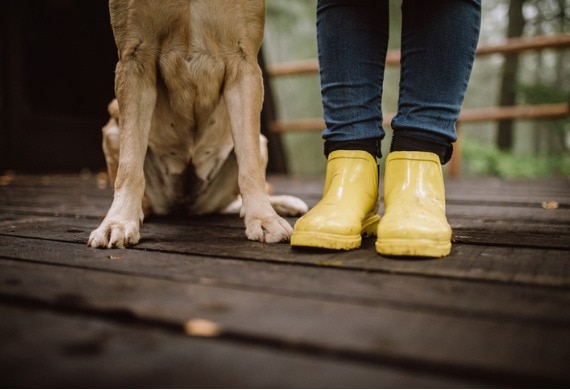
Image:
Pekic
/
iStock.com
Ticks and Parasites
Ticks are parasites that live in brushy, wooded areas and can burrow between a dog's toes and foot pads. This may cause discomfort and result in your dog licking the affected paws.
Carefully remove the entire tick with a tick-removal tool so the embedded mouth parts release cleanly.
Keep your dog on flea and tick preventatives to prevent this from happening.
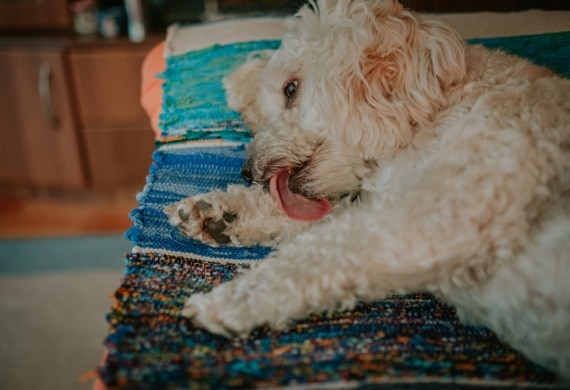
Image:
Pekic
/
iStock.com
Mites
Mites can live on an animal's skin, causing hair loss, scabbing, inflammation, and itchiness that encourages licking.
Two types of mites are possible—the demodex mite that lives deep in the hair follicle, and the scabies mite that lives on the skin's surface. Both can cause hair loss, redness, and bacterial skin infection.
Demodex mites localized to the paws may indicate the presence of an underlying condition such as Cushing's disease or cancer that's suppressing the immune system.
Mites will respond to topical or oral medications. The oral medications used to treat demodex (NexGard, Bravecto) and scabies (Ivermectin) mites are prescription only. Lime sulfur dips for scabies mites may be obtained over the counter, but they have an unpleasant sulfur odor and may stain light-coated animals or surfaces. Their use should also be monitored by a veterinarian.
Products:
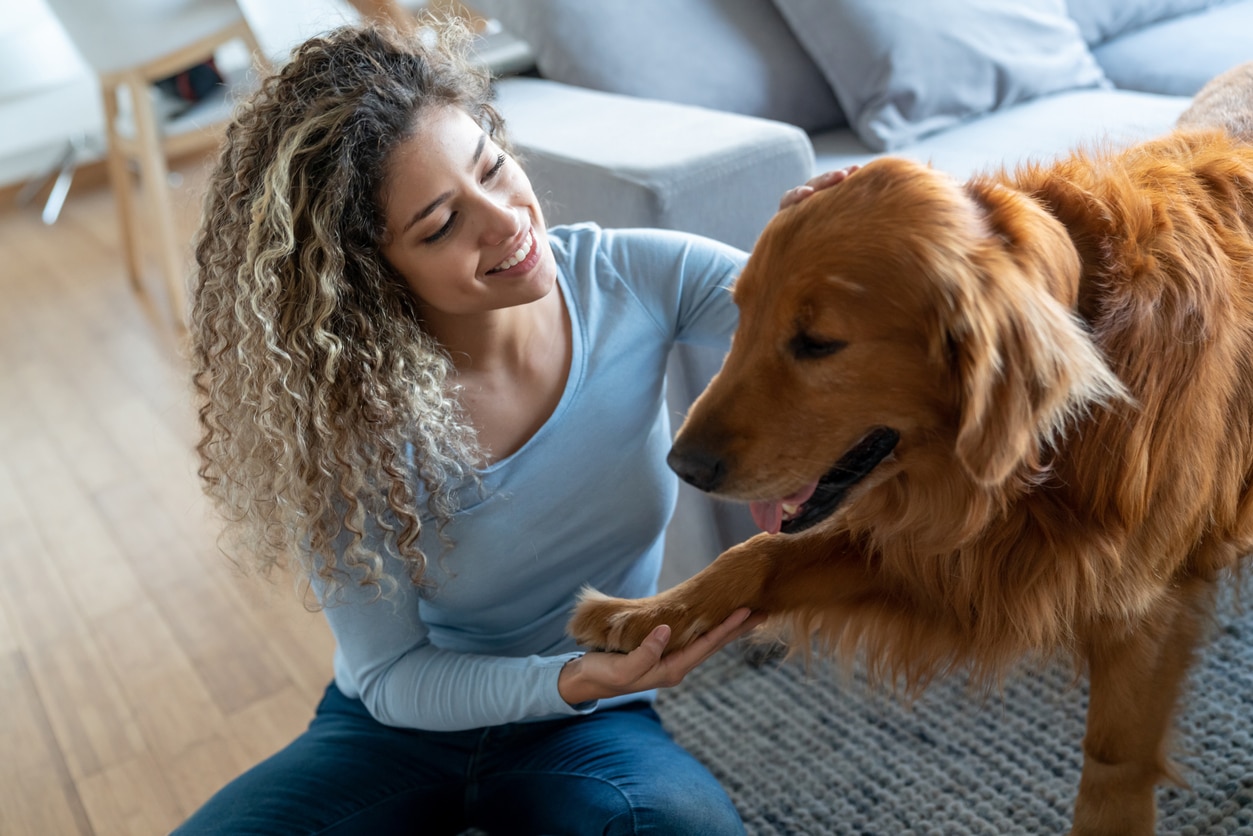
Image:
andresr
/
iStock.com
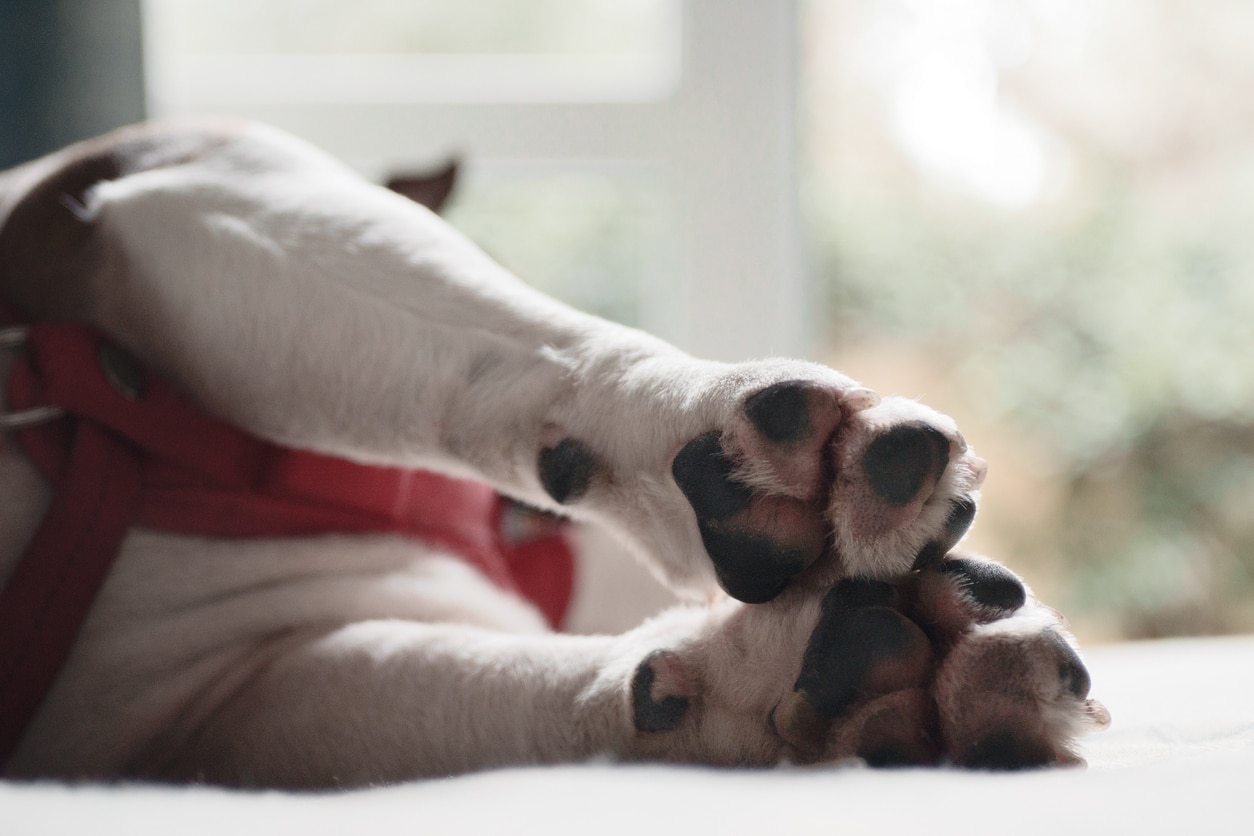
Image:
marcoventuriniautieri
/
iStock.com
Anxiety and Boredom
Anxiety and boredom commonly cause a dog to keep licking their paws.
The repetitive motion is soothing for dogs. The area may show hair loss with thickened, raised skin, or a lick granuloma.
A prescription medication that can treat lick granulomas is Synotic with additional banamine. This combined anti-inflammatory lotion is used to treat the lesion that results from repeated licking of the same area, often over the wrist.
Using a prescription topical medication can help, but you also need to find out what is causing the anxiety. Contact your vet or a veterinary behaviorist to help you understand the cause and create a plan for helping your dog.
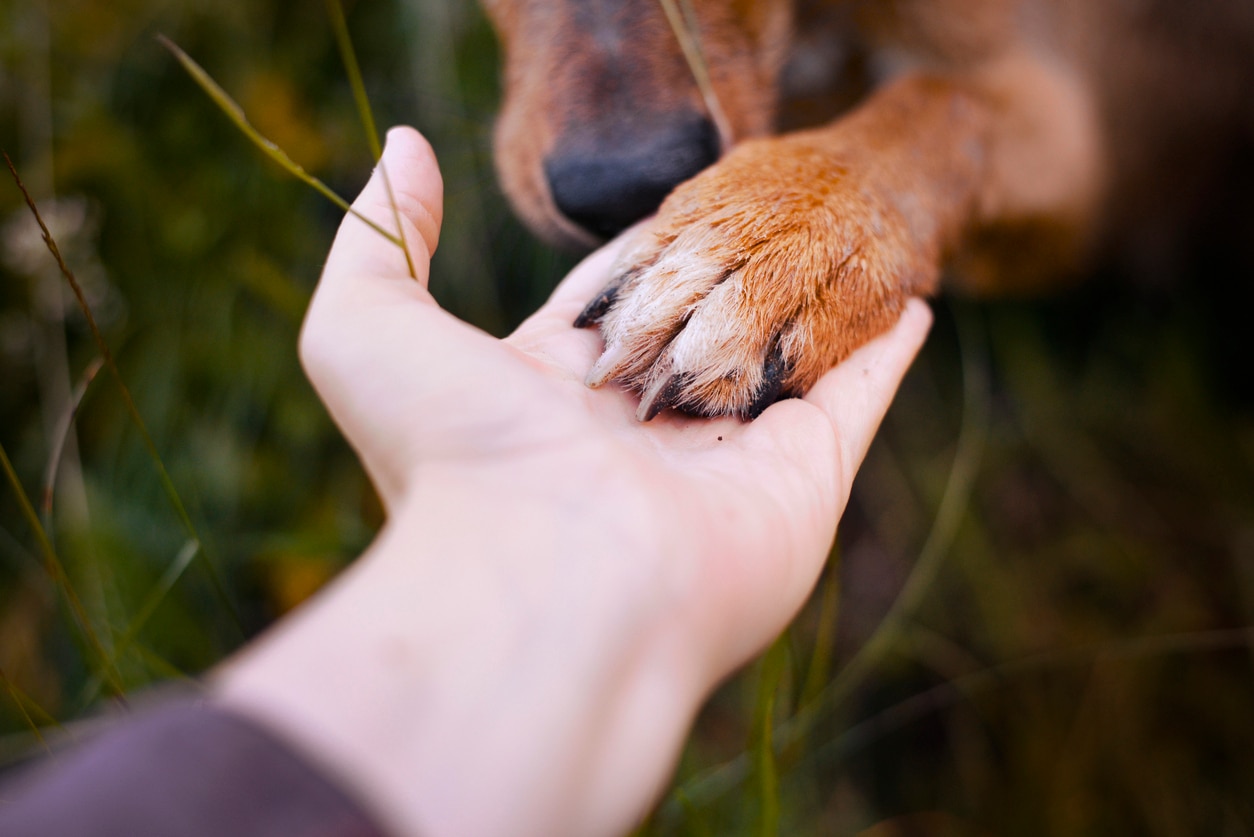
Image:
Fenne
/
iStock.com
Cysts
Cysts may occur on the feet and cause your dog to lick their paws. These are fluid-filled swellings that can have foreign materials embedded, especially between the toes.
Some cysts are growths that may contain a thick material, and they can gradually get bigger over time. A cyst that is draining may need to have the embedded substance removed.
Contact your vet for treatment of cysts. They may prescribe oral antibiotics to resolve any infections.
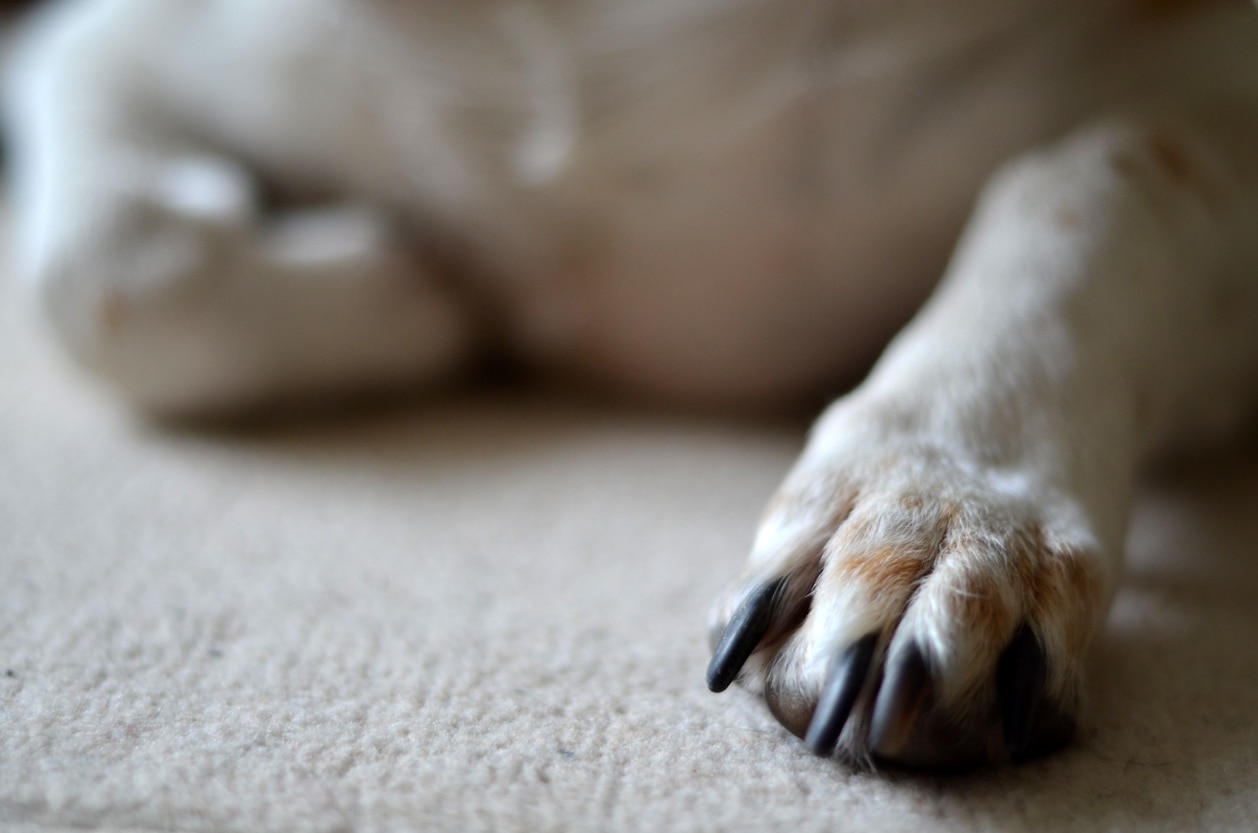
Image:
babursaglam
/
iStock.com
Blisters
Blisters can develop in areas of friction, such as between the toes. They can be painful, which will encourage the dog to lick their paws.
Oral antibiotics may be needed for complete healing, which can be prescribed by your vet.
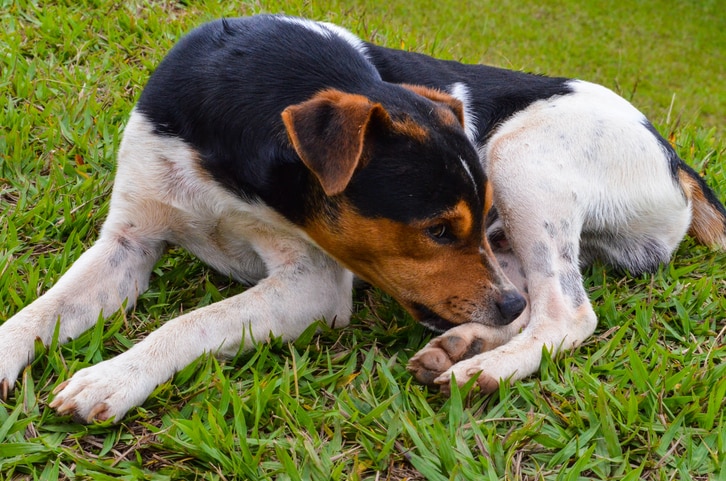
Image:
Natael Júnior
/
iStock.com
Insect Bites
Your dog may have been bitten or stung by an insect while exploring outdoors. Dogs will lick the affected paw, attempting to soothe the itch and the swelling.
Oral antihistamines and topical steroids are often used to treat these symptoms. Take your dog to the vet right away if you suspect an insect bite or sting.
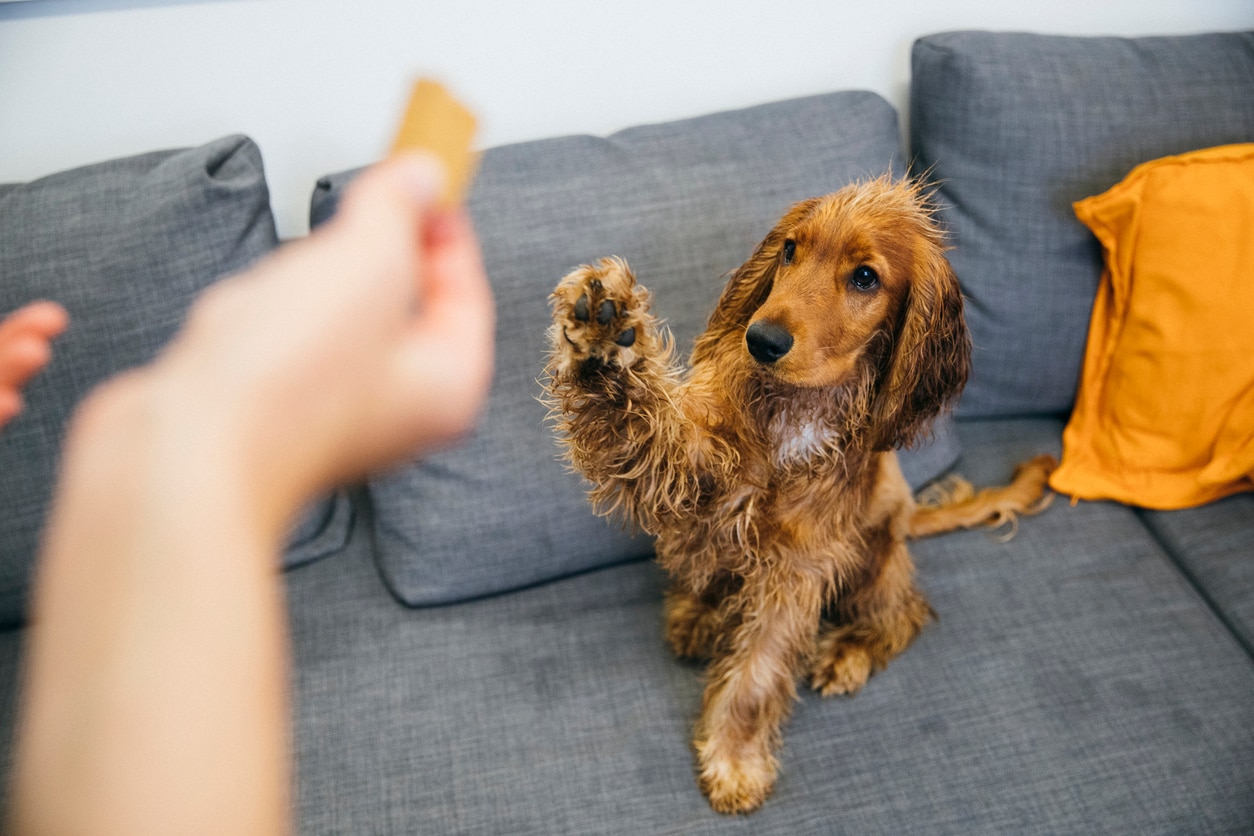
Image:
SolStock
/
iStock.com
Object Stuck in Their Paw
An object like a thorn or pebble that's stuck in the paw can result in licking as your dog attempts to dislodge the source of the pain. These are often found between the toes or toe pads and may be hidden under the fur.
Check your dog's paw carefully for any objects. The irritation should disappear once the source of pain is removed.
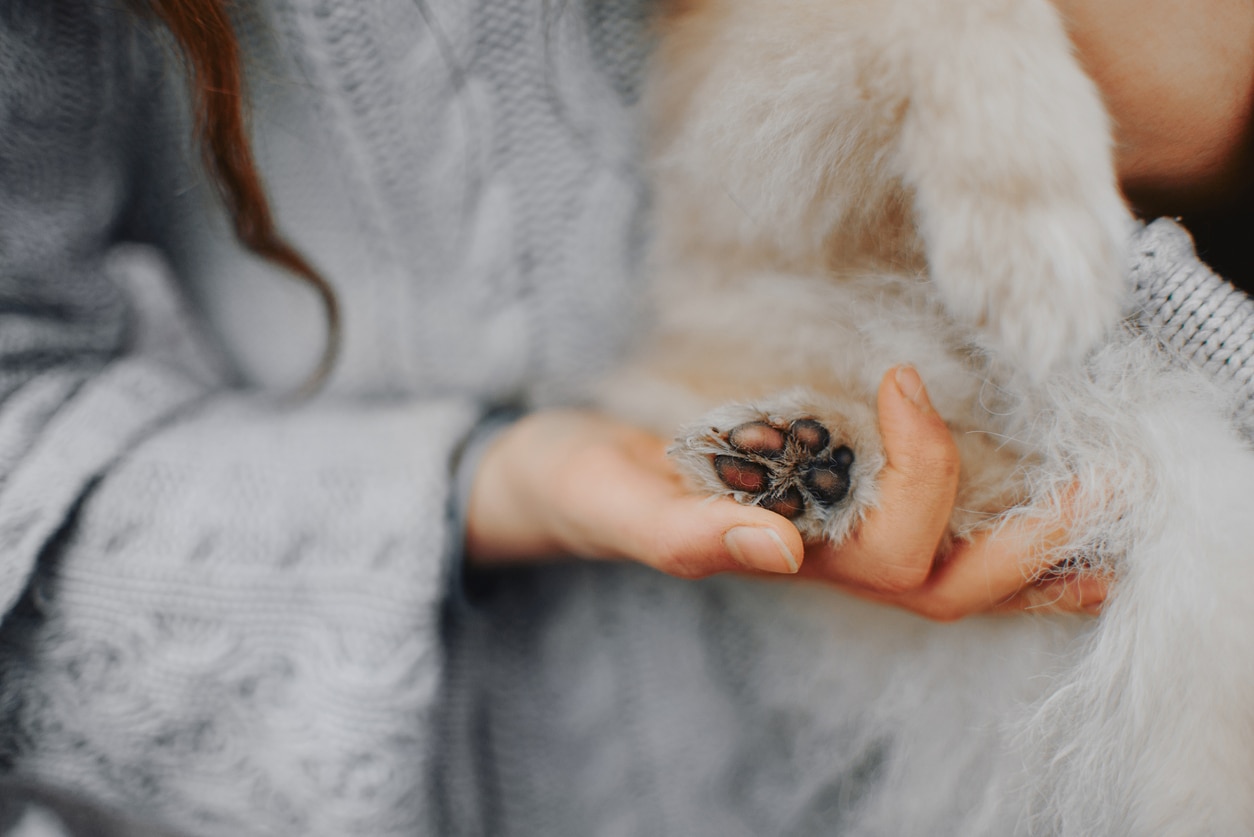
Image:
Ksenia Raykova
/
iStock.com
What If a Dog Is Constantly Licking Their Paws or Chewing Their Paws?
Common causes for a dog constantly licking their paws or chewing include environmental allergies and food allergies.
Environmental allergies often begin when the dog is 2-4 years of age. They will come and go with the seasonal exposure to the allergens and may be accompanied by an itchy face and rear.
Food allergies often develop when the dog is under a year of age. They develop as a reaction to the type of protein that the dog is ingesting and are consistent throughout the entire year. Food allergies may be accompanied by an itchy face and itchy ears.

Image:
Ирина Мещерякова
/
iStock.com
How to Protect Your Dog's Paws
Here are a few ways you can protect your dog's paws.
Check Your Dog's Paws Daily
A daily habit of checking your dog's paws closely will help you catch problems early so they can be easily corrected.
Be sure to examine the top and bottom of the paws, along with the toes, nails, toe pads, and between each paw. Look for any indication of injury, irritation, foreign objects, or any obvious abnormality.
Use a Paw Moisturizer
Protecting your dog's paws may include moisturizing them on a regular basis with a pet-specific moisturizing cream or lotion.
Be sure to avoid human lotions and medications, as these are not safe for dogs to ingest.
Product:
- Pawtitas Organic Paw Dog Balm Moisturizer
Clean Your Dog's Paws
Washing your dog's paws or thoroughly wiping them after walks will decrease the environmental allergens on the skin.
Keep Their Nails Trimmed
Keeping your dog' nails trimmed will ensure that they do not overgrow into the paw or become painful when your dog walks.
Use Protective Dog Boots During Winter
When walking in the snow is necessary, cover your dog's paws with protective boots or a salve that's specially designed for dog paw protection.
kingcrinver.blogspot.com
Source: https://www.petmd.com/dog/slideshows/10-common-paw-problems-dogs





















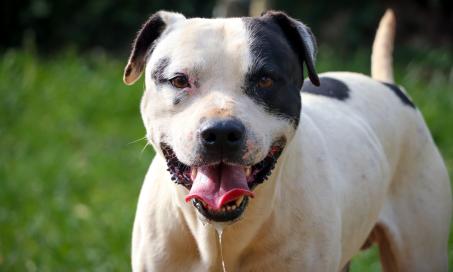
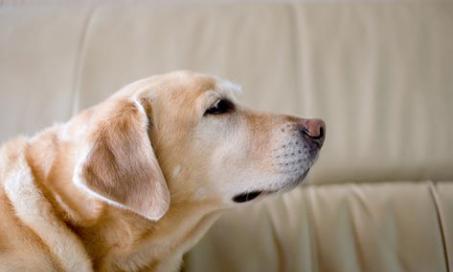
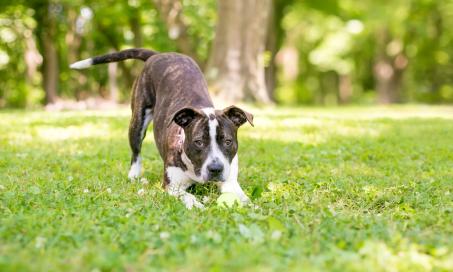
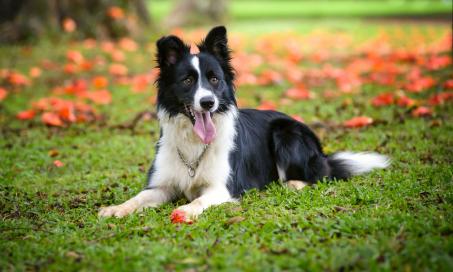
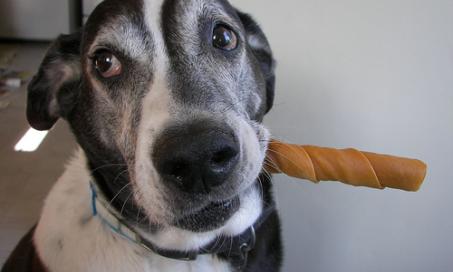
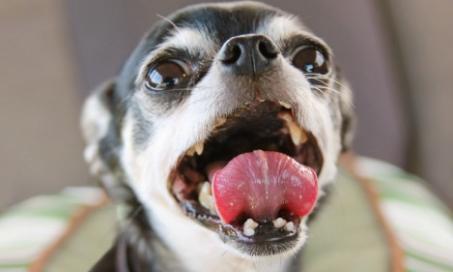
0 Response to "Why Does My Dog Continually Lick Oin His Paws"
Post a Comment